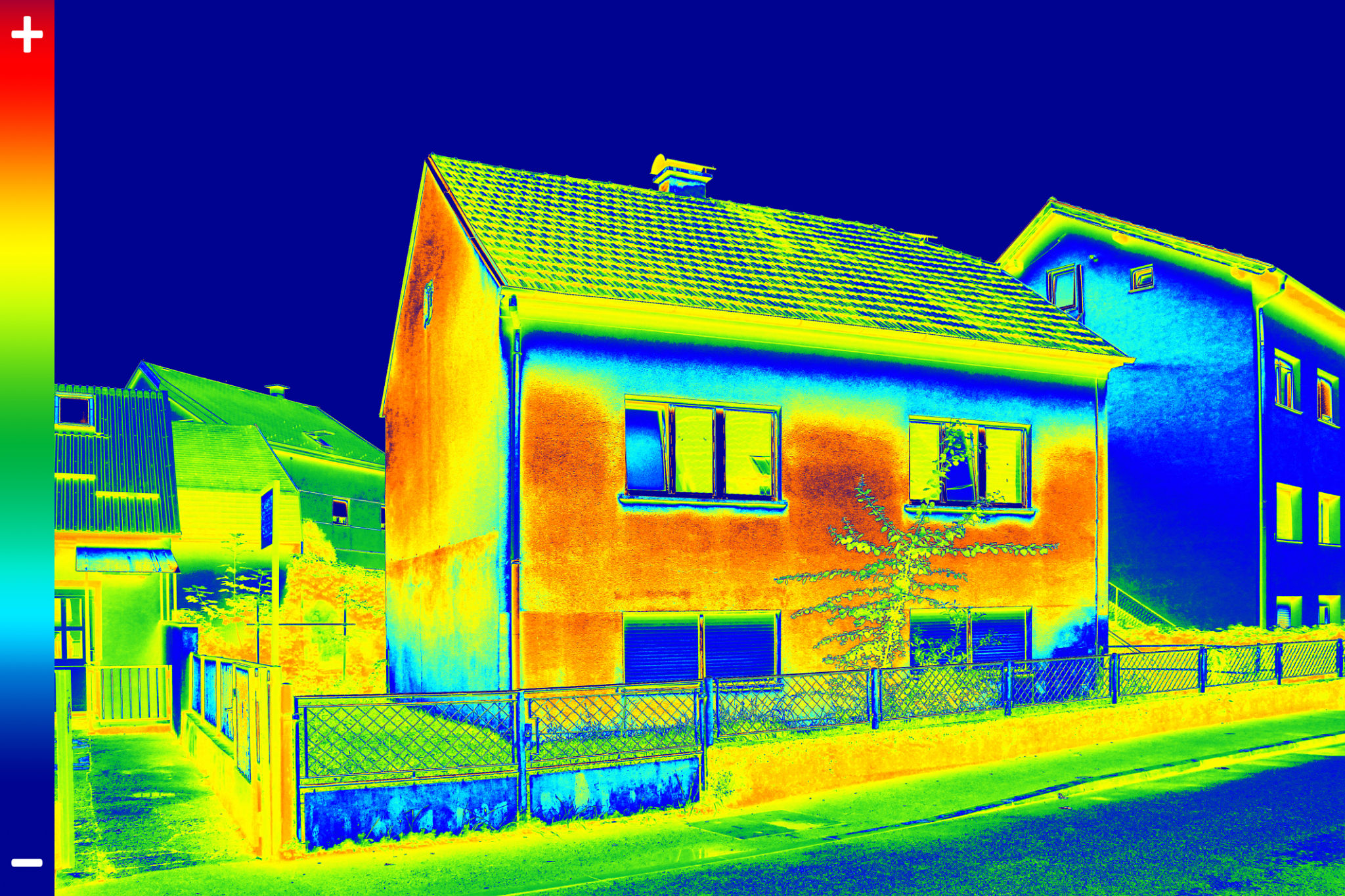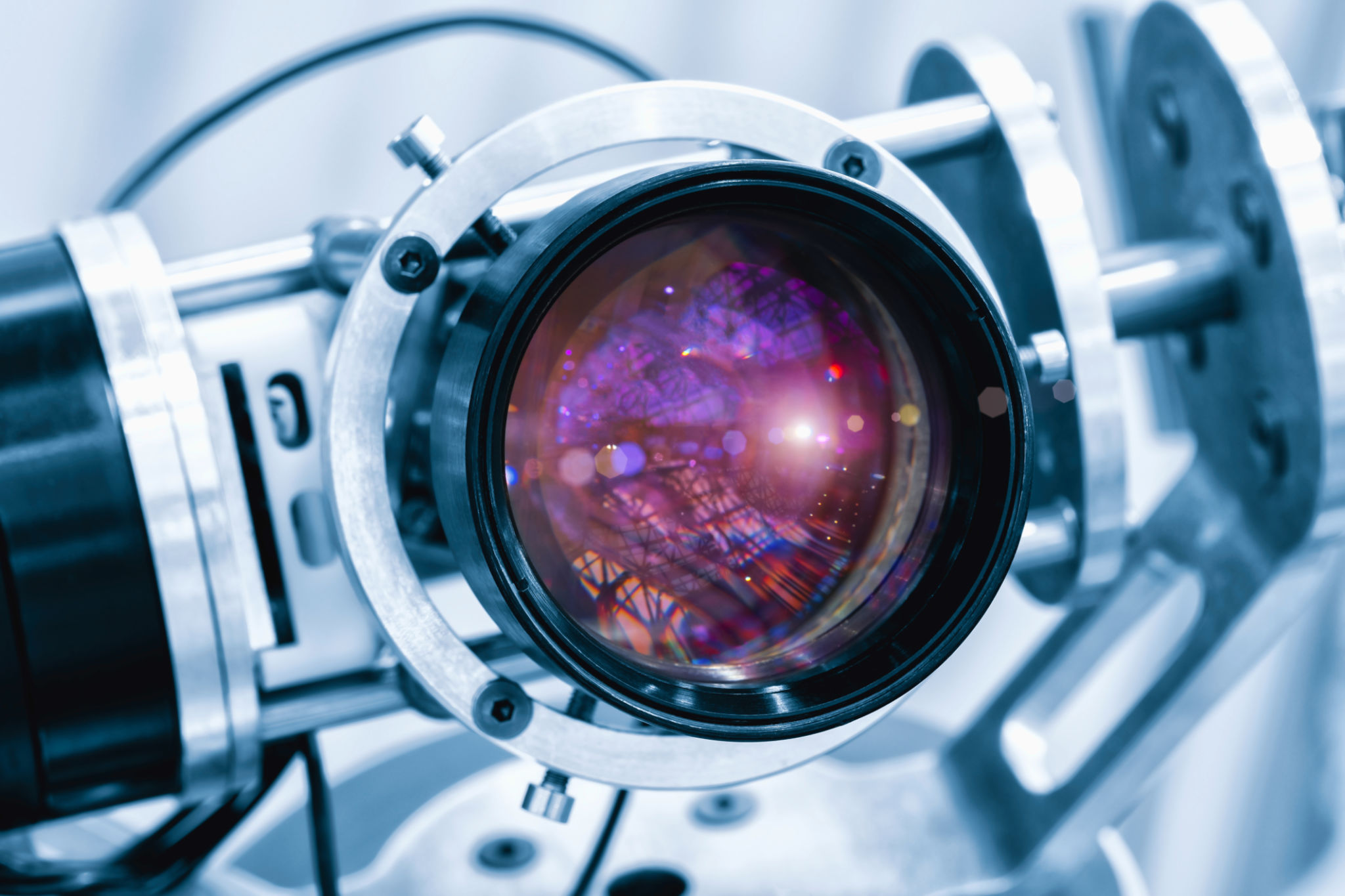A Beginner's Guide to Understanding Thermal Imaging for Residential Buildings
What is Thermal Imaging?
Thermal imaging, also known as infrared thermography, is a technology that allows you to see heat. It uses thermal cameras to capture images based on the heat emitted by objects. This technology is highly effective in detecting temperature differences, making it invaluable for various applications, particularly in residential buildings.

Why Use Thermal Imaging in Residential Buildings?
One of the primary reasons to use thermal imaging in homes is to identify areas of energy inefficiency. These areas could include poorly insulated walls, roofs, and windows. By addressing these issues, homeowners can significantly reduce their energy bills and improve indoor comfort.
Another critical application is detecting water leaks and moisture intrusion. Thermal imaging can quickly identify hidden leaks behind walls or ceilings, preventing costly repairs and potential mold growth.
How Thermal Imaging Works
Thermal cameras detect the infrared radiation emitted by objects. Every object with a temperature above absolute zero emits some level of infrared radiation. The camera captures this radiation and converts it into an image, which shows temperature variations in different colors.

Benefits of Thermal Imaging
Thermal imaging provides several benefits for homeowners:
- Energy Efficiency: Identifies areas where insulation can be improved to save energy.
- Preventative Maintenance: Detects hidden issues before they become significant problems.
- Safety: Identifies electrical faults that could lead to fires.
Common Applications in Residential Settings
In homes, thermal imaging is frequently used for:
- Insulation Checks: Identifying gaps or missing insulation that could lead to heat loss.
- Electrical Inspections: Spotting overloaded circuits or failing components that may cause hazards.
- Moisture Detection: Locating leaks and moisture build-up behind walls or under floors.

What to Expect During a Thermal Imaging Inspection
A professional thermal imaging inspection typically involves a certified technician using specialized equipment to scan your home. The process is non-invasive and does not require any physical alterations to your property. The technician will analyze the thermal images to identify any issues and provide a detailed report with recommendations.
Choosing the Right Thermal Imaging Service
When selecting a thermal imaging service, consider the expertise and experience of the provider. Ensure they use high-quality equipment and provide comprehensive reports with actionable insights. Checking customer reviews and asking for references can also help you make an informed decision.
The Future of Thermal Imaging in Homes
As technology advances, thermal imaging is becoming more accessible and affordable for homeowners. Future developments may include integration with smart home systems, providing real-time insights into energy efficiency and home safety. Embracing this technology can lead to more sustainable and secure living environments.